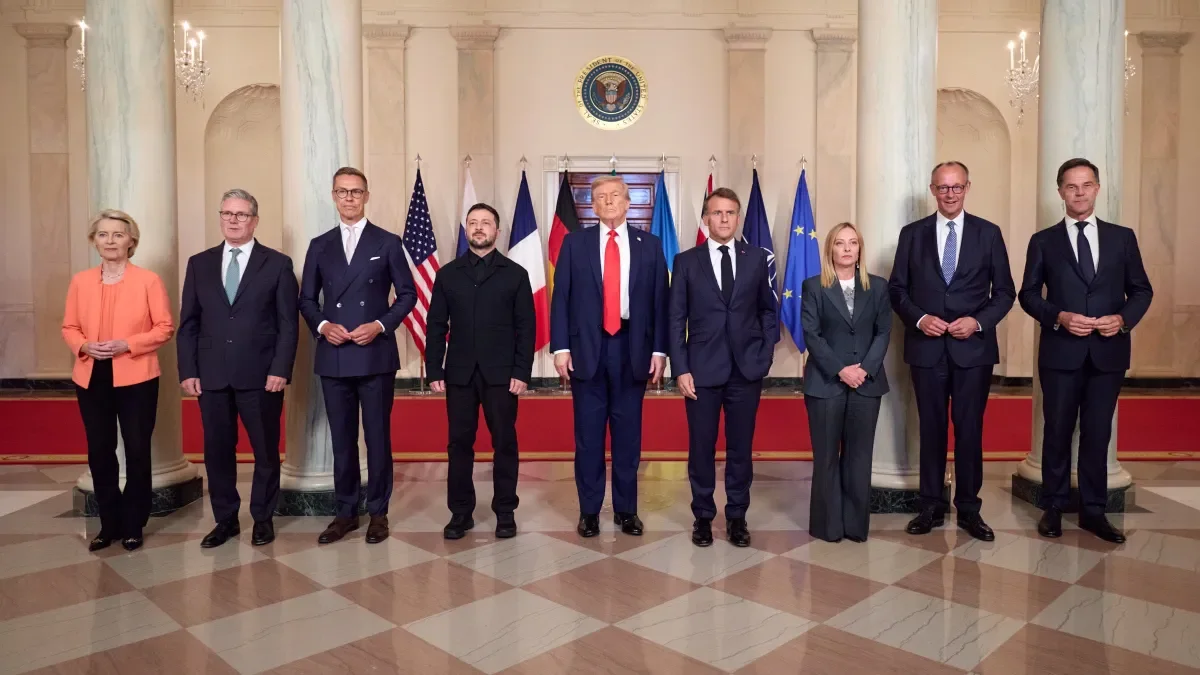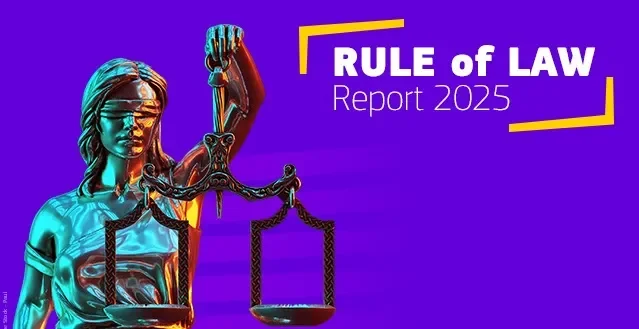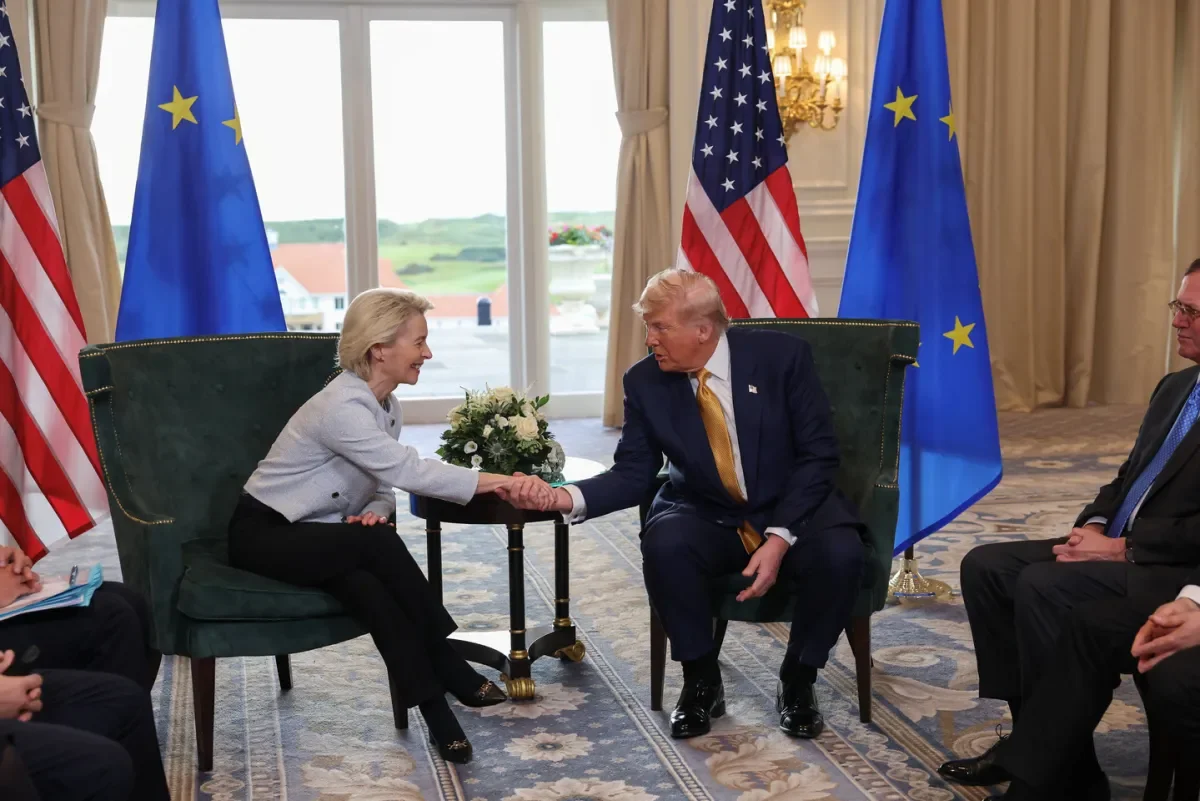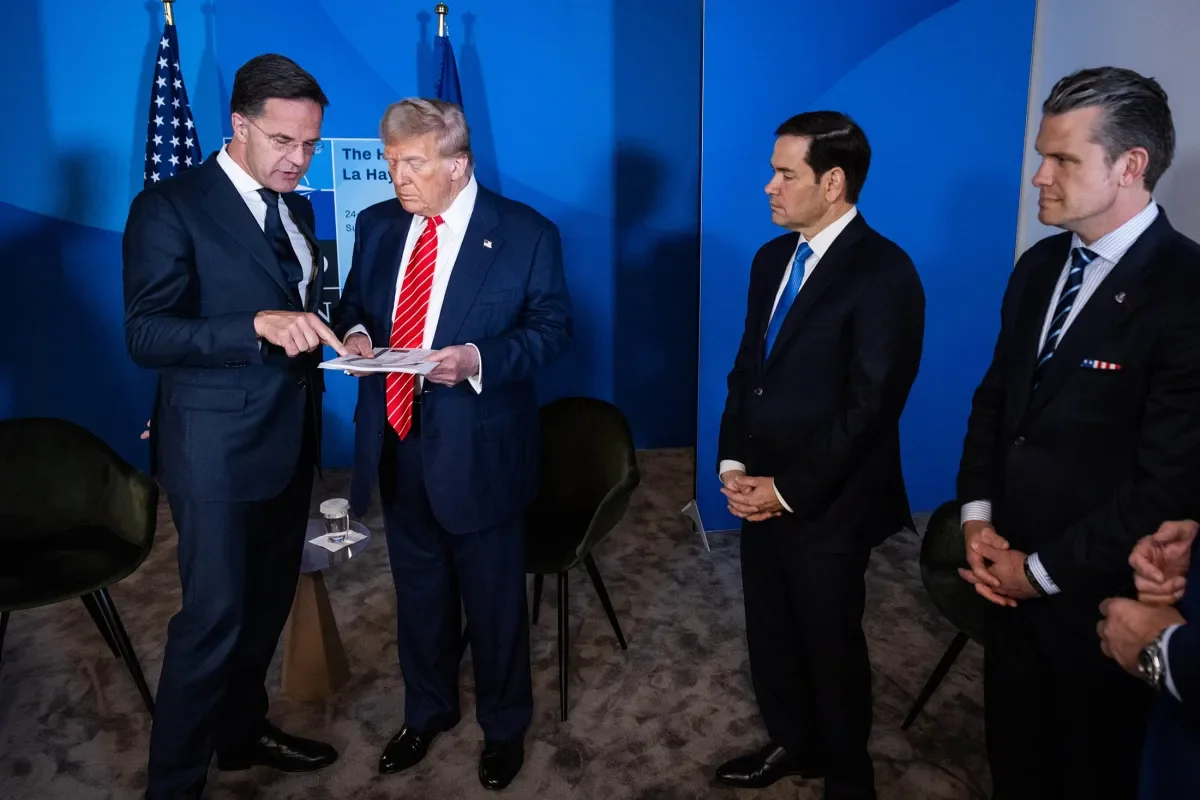
Davide Genini, Dublin City University
The 34th NATO Summit marks a significant departure from past traditions in both tone and substance. For those accustomed to lengthy policy declarations, clearly outlined strategic threats, and forward-looking agendas, the Hague Summit delivered a stark contrast. In just five concise paragraphs, newly appointed NATO Secretary General Mark Rutte chose brevity over detail—an approach aimed at preserving Alliance unity and addressing US President Donald Trump’s demands.
This blog highlights three key aspects of the Hague Summit that represent a break from NATO’s recent past.
First, an economics-focused meeting. Strikingly, three out of the five communiqué paragraphs focus on economic matters, with only the opening paragraph reaffirming the Allies' commitment to Article 5—the principle that ‘an attack on one is an attack on all’. Most notably, Allies pledged an unprecedented 5% of GDP towards defence spending by 2035, a quantum leap from the 2% target established at the 2014 Wales Summit. Of this, 3.5% will fund direct defence capabilities, while 1.5% will support infrastructure, research, and industrial development. To implement this, NATO adopted an Updated Defence Production Action Plan, revitalizing the initiative launched in 2023. The new plan builds on the 2024 NATO Industrial Capacity Expansion Pledge and extends previous goals: strengthening joint procurement, boosting production capacity, and harmonizing military standards across the Alliance.
Second, a US-dominated meeting. This summit may well be remembered as the ‘Trump Summit’, a term used by US Secretary of State Marco Rubio. While every NATO summit has political winners and losers, rarely has one been so overtly steered by a single national agenda. President Trump dictated key decisions, compelling European Allies to meet his demands—particularly in channelling investments towards economic security, often favouring US industries, and avoiding any explicit reference to Ukraine’s NATO membership. During the pre-summit press conference, Secretary General Rutte hailed Trump as ‘a man of strength… a man of peace’, crediting him with facilitating the Iran ceasefire and securing the 5% defence spending pledge. Rutte even framed NATO’s modern history around Trump’s influence: in 2017, pushing Allies to reach the 2% target; in 2025, ensuring full compliance; and now, achieving the 5% commitment. The irony? President Trump himself announced the US will not meet the 5% target.
Third and lastly, a not-Ukraine focused agenda. Ukraine, once central to NATO discussions, was reduced to a single, vague sentence of continued support in paragraph three of the communiqué. The shift is not because the war has ended, but because NATO—under the second Trump administration—has reoriented its priorities. After halting military aid to Ukraine in March 2025 and signing a controversial minerals deal, Trump effectively sidelined Ukraine in favour of focus on the Middle East and Asia.
The Hague Summit’s outcome is not necessarily negative. Europe clearly needs to bolster its defence capabilities against a revanchist Russia, and the Trump administration has forced European Allies to take this reality seriously—albeit through implicit threats to abandon Article 5. The Summit will likely be remembered for redefining security as an economic concern, where investment precedes strategy, and for setting an historic 5% GDP target. Perhaps even more significant, European leaders have made an unambiguous choice about where their defence lies: with NATO, not the European Union. Nonetheless, the summit leaves lingering concerns—about US reliability, limited fiscal room in European budgets, and a perceived erosion of focus on deep strategic challenges such as Russia, China, and Iran. Unlike its predecessors, the 2025 Hague Summit was less about collective defence and more about appeasing Washington.
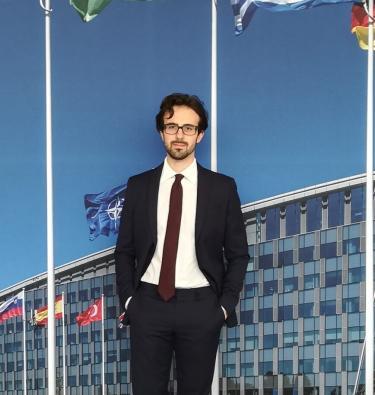
Davide Genini is a PhD candidate in EU Law at Dublin City University. His research focuses on EU-US foreign and security law, defence industrial law and NATO law.

